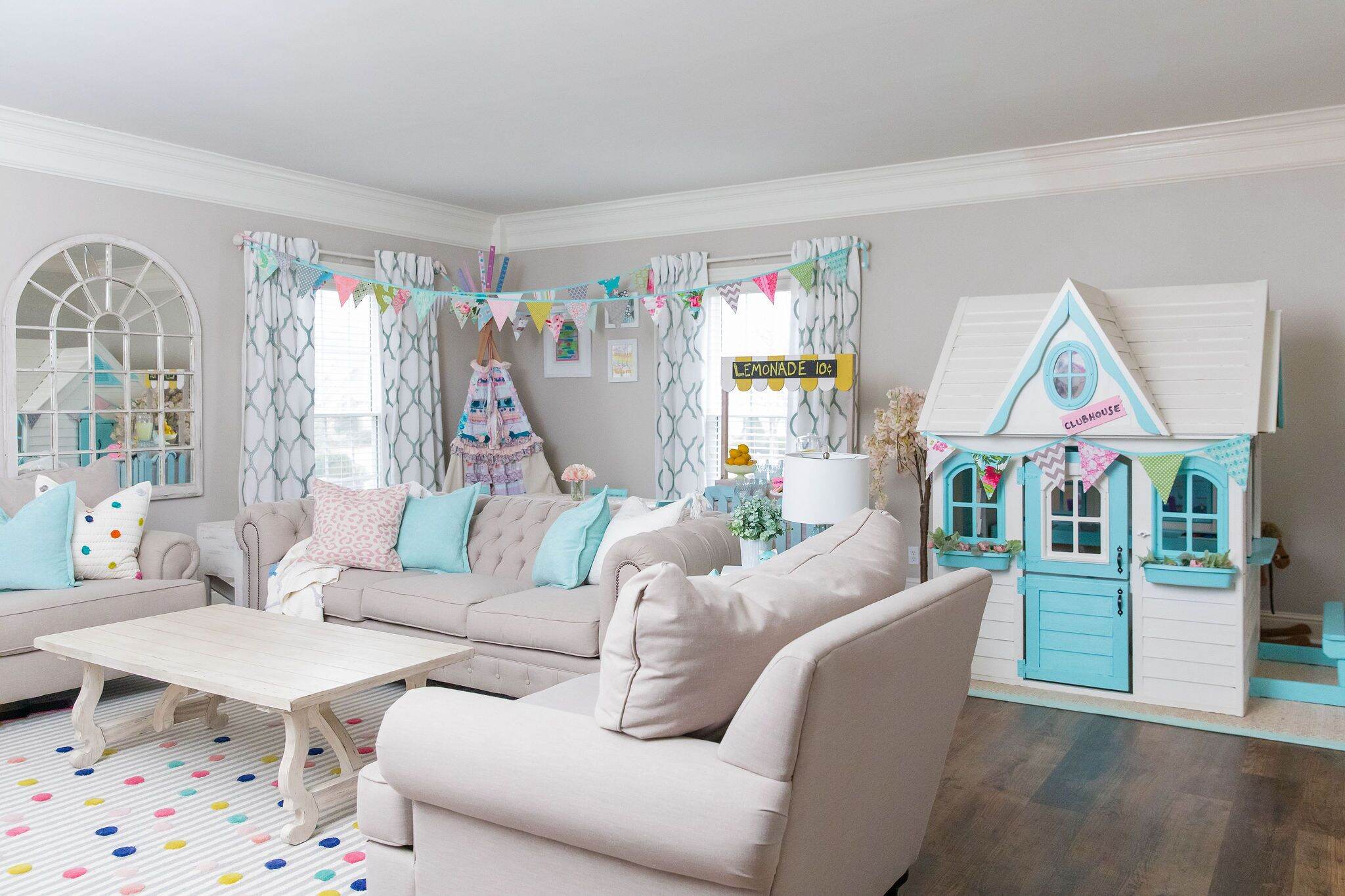

Articles
How To Create A Play Area In Living Room
Modified: August 26, 2024
Learn how to create a functional play area in your living room with these helpful articles. Discover tips and ideas to maximize space and keep your little ones entertained.
(Many of the links in this article redirect to a specific reviewed product. Your purchase of these products through affiliate links helps to generate commission for Storables.com, at no extra cost. Learn more)
Introduction
Having a designated play area in the living room can be a great solution for families who want to keep an eye on their children while also maximizing the use of space in their home. Whether you have a small apartment or a spacious house, creating a play area in the living room allows your kids to play and have fun in a safe and supervised environment.
Clearing a space in the living room for playtime can provide a dedicated area for your children’s activities while still allowing the room to function as a communal space for the whole family. With some careful planning and organization, you can transform your living room into a versatile space that accommodates both adult and child-friendly activities.
In this article, we will walk you through the steps to create a play area in your living room. From clearing the space to selecting furniture and equipping it with the necessary play equipment, we will guide you in setting up a fun and safe environment for your little ones.
So, let’s dive in and explore how to create a play area in your living room that promotes fun, creativity, and family bonding!
Key Takeaways:
- Transform your living room into a versatile space that accommodates both adult and child-friendly activities. Clear the space, choose the right furniture, and incorporate interactive elements to create a fun and safe play area for your little ones.
- Create a cozy and inviting play area that fosters your children’s physical, social, and cognitive development. Implement safety measures, consider noise control, and provide comfortable seating to promote quality family bonding experiences.
Clearing the Space
Before you can start creating a play area in your living room, it’s important to clear the space and make room for the play activities. Here are some steps you can take to clear the space:
- Moving furniture: Begin by moving any large or unnecessary furniture out of the designated play area. This can include coffee tables, side tables, or any other items that may obstruct the space needed for play. You can either relocate them to another part of the room or temporarily store them in another area of your home.
- Decluttering: Take the opportunity to declutter the area and remove any items that are not needed or belong in the play area. Sort through toys, books, and other items, and consider donating or storing those that are not being used regularly. Organize the remaining belongings in designated storage solutions to keep the space tidy and functional.
- Clearing the floor: Ensure the floor is free from any hazards or obstructions. Remove large rugs, cords, and other objects that may cause trips or falls. Vacuum or sweep the area to create a clean and safe playing surface for your children.
- Establishing boundaries: Use area rugs or play mats to visually define the boundaries of the play area. This will help establish a designated space for play and prevent toys and activities from spreading throughout the entire living room.
By clearing the space effectively, you provide a safe and open area for your children to play and move around freely. It also helps keep the rest of the living room organized and clutter-free, making it easier for everyone to enjoy their time in the space.
Choosing the Right Furniture
When creating a play area in your living room, selecting the right furniture is key to creating a functional and comfortable space. Here are some factors to consider when choosing furniture for your play area:
- Multipurpose furniture: Opt for furniture pieces that can serve dual purposes. For example, a storage ottoman can provide seating for adults while also serving as a container for toys and books. Look for coffee tables with built-in storage or shelving units that can hold play materials and supplies.
- Child-sized furniture: Incorporate child-sized chairs, tables, and seating options that are proportionate to your children’s size. This allows them to comfortably play, sit, and engage in activities without the risk of injury or discomfort. Look for furniture made from durable materials that can withstand rough play and be easily cleaned.
- Flexible seating options: Consider using floor pillows, bean bags, or cushions that can be easily moved and arranged to accommodate different play activities. These flexible seating options provide a cozy and inviting space for your children to relax, read, or engage in imaginative play.
- Safety features: Ensure that any furniture you choose for the play area is safe for your children. Check for rounded edges, sturdy construction, and non-toxic materials. Avoid furniture with small parts or detachable components that could pose a choking hazard.
- Easy to clean: Given the playful nature of children, it’s essential to choose furniture that is easy to clean and maintain. Look for materials that can be wiped clean or are stain-resistant. This will help keep the play area looking neat and tidy, even after hours of playtime.
Remember, the furniture you choose should not only be functional and safe but also blend seamlessly with the overall decor of your living room. By selecting the right furniture, you can create a cohesive and inviting play area that complements the rest of your space and encourages hours of imaginative play and fun.
Selecting Safe Play Equipment
When creating a play area in your living room, it’s essential to choose safe and age-appropriate play equipment for your children. Here are some tips for selecting the right play equipment:
- Age suitability: Consider the age of your children and choose play equipment that is appropriate for their developmental stage. Ensure that the equipment meets safety standards and guidelines set by relevant organizations, such as ASTM (American Society for Testing and Materials) or CPSC (U.S. Consumer Product Safety Commission).
- Sturdiness and stability: Opt for play equipment that is sturdy and stable. Avoid equipment that wobbles or has the potential to tip over, as this can lead to accidents and injuries. Look for equipment made from high-quality materials that can withstand the active play of children.
- Safety features: Check for proper safety features on play equipment, such as rounded edges, non-toxic paint, and secure fastenings. Ensure that there are no small parts or choking hazards. Read product reviews and do thorough research to ensure the equipment meets safety standards.
- Interactive and educational elements: Look for play equipment that provides interactive and educational opportunities for your children. This can include activity tables, building blocks, puzzles, or musical instruments. Choose equipment that stimulates their imagination, creativity, and cognitive development.
- Space requirements: Consider the size of your living room and choose play equipment that fits comfortably in the designated area. Avoid overcrowding the space, as this can increase the risk of accidents and limit your child’s ability to move around freely.
- Supervision and guidelines: Remember that while play equipment can provide endless fun and learning opportunities, adult supervision is crucial. Set clear guidelines for playtime, and ensure that your children understand the rules and safety precautions associated with the equipment.
By selecting safe and suitable play equipment, you can create a play area that fosters your children’s physical, social, and cognitive development while offering them a world of excitement and exploration right in your living room.
Setting up Storage Solutions
When creating a play area in your living room, it’s important to have efficient storage solutions in place to keep the space organized and clutter-free. Here are some tips for setting up storage solutions:
- Utilize shelving units: Install wall-mounted or freestanding shelving units to provide ample storage space for toys, books, and other play materials. Use baskets or bins on the shelves to categorize and store toys based on type or theme, making it easy for your children to find and put away their belongings.
- Incorporate storage furniture: Choose furniture pieces with built-in storage compartments, such as bookcases with bottom cubbies or ottomans with hidden storage. These dual-purpose pieces provide additional storage while keeping the play area tidy and organized.
- Label containers: Use labels or picture labels on storage containers to help your children identify where their toys and belongings belong. This promotes independence and encourages them to clean up after playtime.
- Rotate toys: Consider implementing a toy rotation system where you store some toys away and bring out others on a regular basis. By doing this, you can keep the play area feeling fresh and exciting while ensuring that it’s not overrun with too many toys at once.
- Clear storage solutions: Opt for clear plastic or mesh storage bins that allow your children to easily see and access their toys. This helps reduce frustration and encourages independent play and cleanup.
- Maximize vertical space: Make use of wall hooks or hanging storage solutions to maximize vertical space. Hang bags or organizers for smaller toys or art supplies, keeping them off the floor and easily accessible for your children.
By incorporating effective storage solutions into your play area, you can maintain a neat and organized space while teaching your children valuable skills in tidying up and taking responsibility for their belongings.
Adding Comfortable Seating
When creating a play area in your living room, it’s important to provide comfortable seating options for both children and adults. Here are some tips for adding comfortable seating:
- Floor cushions and bean bags: Incorporate floor cushions or bean bags to create a cozy and informal seating area. These soft and flexible options provide a comfortable place for children to sit, relax, and engage in play activities.
- Child-sized chairs: Include child-sized chairs and seating options that are just the right height and size for your little ones. Look for chairs with supportive backrests and cushioning to ensure maximum comfort during playtime.
- Comfy seating for adults: Provide comfortable seating options for adults as well, such as plush armchairs or a comfortable sofa. This allows parents or caregivers to join in the play or simply relax while keeping an eye on the children.
- Throw pillows and blankets: Add throw pillows and cozy blankets to enhance the comfort of the seating area. These accessories not only provide added comfort but can also contribute to the overall aesthetic appeal of the play area.
- Consider ergonomic design: When selecting seating options, consider ergonomic design principles to ensure proper support and comfort. Look for chairs or seating that promotes good posture and reduces strain on the back and neck.
- Adjustable seating: If possible, opt for seating options that are adjustable in height or have reclining features. This allows for customization and ensures that everyone can find their ideal seating position for maximum comfort.
By incorporating comfortable seating options in your play area, you create a welcoming and inviting space for both children and adults. This encourages extended playtime, relaxation, and quality family bonding experiences.
Consider using a large area rug to define the play space in your living room. This will help to visually separate the play area from the rest of the room and provide a soft, comfortable surface for kids to play on.
Incorporating Interactive and Educational Elements
When creating a play area in your living room, it’s important to incorporate interactive and educational elements that engage and stimulate your children’s minds. Here are some ideas to help you incorporate these elements:
- Activity tables: Include an activity table where your children can engage in various hands-on activities such as puzzles, building blocks, or arts and crafts. This provides a designated space for focused play and learning.
- Reading nook: Create a cozy reading nook with a comfortable chair, a small bookshelf, and soft lighting. Encourage your children to explore books and develop a love for reading. Make sure to include a variety of age-appropriate books to cater to their interests and reading levels.
- Interactive learning toys: Choose toys that combine entertainment with educational value. Look for toys that teach letters, numbers, shapes, or problem-solving skills. Incorporate toys that encourage creativity, imagination, and critical thinking, such as building sets, puzzles, or art supplies.
- Sensory play activities: Include sensory play elements like a sensory table filled with sand, water, or tactile materials. This allows your children to engage their senses, develop fine motor skills, and explore different textures and materials.
- Music and movement: Incorporate musical instruments or a small dance area to encourage your children’s love for music and movement. This can include toy keyboards, drums, or even a small dance floor with colorful mats or stickers.
- Technology-based learning: Introduce age-appropriate educational apps or interactive learning games on a tablet or computer. With supervision and time limits, technology can offer valuable learning experiences and enhance your children’s understanding of various subjects.
By incorporating interactive and educational elements into your play area, you create a stimulating environment that fosters learning, creativity, and exploration. These activities also provide opportunities for your children to develop important cognitive, social, and emotional skills.
Creating a Cozy and Inviting Atmosphere
When creating a play area in your living room, it’s important to create a cozy and inviting atmosphere that encourages your children to spend time in the space. Here are some tips for creating a warm and welcoming environment:
- Soft lighting: Use soft, warm lighting to create a cozy ambiance in the play area. Consider using lamps, string lights, or dimmable overhead lights that can be adjusted to suit different activities and moods.
- Color palette: Choose a color palette that is soothing and calming. Opt for neutral tones or pastel shades that create a tranquil atmosphere. Avoid overly bright or stimulating colors that can distract or overstimulate your children.
- Textiles and fabrics: Introduce soft textures and cozy fabrics into the play area. Use plush rugs, fluffy cushions, and blankets to create a comfortable and inviting environment. These textiles not only add warmth but also enhance the overall aesthetic appeal of the space.
- Nature-inspired elements: Bring in elements of nature to create a serene and inviting atmosphere. Incorporate potted plants, nature-inspired artwork, or natural materials like wood or rattan to add a touch of tranquility to the play area.
- Playful decorations: Add playful and whimsical decorations to create a sense of fun and joy in the play area. Hang colorful artwork, display your children’s artwork, or decorate with themed decals or wall stickers that reflect their interests and imagination.
- Cushioned surfaces: Consider using padded mats or rugs to provide a comfortable play surface for your children. This helps to cushion their movements and reduces the risk of injuries during playtime.
By creating a cozy and inviting atmosphere in the play area, you provide a comfortable space for your children to explore, relax, and engage in imaginative play. This atmosphere also encourages a sense of belonging and helps to make the play area a favorite spot for your children to spend their time.
Considering Noise Control
When creating a play area in your living room, it’s important to consider noise control to maintain a peaceful environment for both your children and the rest of the household. Here are some tips for managing noise in the play area:
- Designate quiet zones: Create specific areas within the play area where quieter activities can take place, such as reading or puzzles. This allows your children to engage in calmer activities without disrupting the overall environment.
- Use rugs or carpeting: Incorporate rugs or carpeting in the play area to help absorb sound. The soft fibers of these floor coverings can help reduce noise from footsteps and toy impacts, providing a quieter play environment.
- Utilize soundproofing materials: Consider using soundproofing materials on the walls or ceiling of the play area to minimize sound transfer to other parts of the house. Acoustic panels, door sweeps, or thick curtains can help absorb and reduce noise levels.
- Create a cushioned play surface: Use foam mats or soft flooring materials under play equipment to reduce the noise of impact and footsteps. These cushioned surfaces help absorb sound and create a quieter play environment.
- Establish noise rules: Set clear expectations for noise levels during playtime. Teach your children about indoor voices and the importance of respecting quiet time for yourself and others in the household. Reinforce these rules consistently to promote a peaceful atmosphere.
- Set designated playtime: Establish specific playtime periods to allow your children to fully engage in play activities. This concentration of playtime can help minimize continuous noise throughout the day and allow for quieter periods in between.
By considering noise control in your play area, you can create a more harmonious living environment, reducing disruptions for other household members and promoting a sense of calm for everyone present. It’s important to strike a balance between allowing your children the freedom to play and explore while respecting the need for a peaceful atmosphere in your home.
Read more: How To Create Shade In A Play Area
Implementing Safety Measures
When creating a play area in your living room, ensuring the safety of your children is of utmost importance. Here are some essential safety measures to implement:
- Childproofing: Thoroughly childproof the play area by covering electrical outlets, securing cords and wires, and installing safety gates to prevent access to stairs or other potentially hazardous areas in your home.
- Secure furniture: Anchor heavy furniture to the wall to prevent tipping accidents. This includes bookshelves, TV stands, and any other furniture that could potentially be climbed on or knocked over by enthusiastic play.
- Soft padding: Ensure that sharp corners and edges of furniture are covered with soft padding or corner protectors to minimize the risk of injuries from accidental bumps or falls.
- Choose age-appropriate toys: Select toys that are suitable for your children’s age and developmental stage. Avoid toys with small parts or sharp edges that could pose a choking or injury hazard.
- Regularly inspect toys: Regularly inspect the condition of your children’s toys to ensure they are in good working order and free from any potential hazards. Repair or discard any damaged toys to maintain a safe play environment.
- Supervision: Always supervise your children during playtime. Even with a designated play area, it’s important to keep a watchful eye to prevent accidents and intervene in any potentially unsafe situations.
- First aid kit: Keep a well-stocked first aid kit nearby in case of any minor cuts, bumps, or bruises that may occur during play. Familiarize yourself with basic first aid procedures and ensure that the kit is easily accessible.
- Fire safety: Ensure that smoke detectors are installed and in working order in your living room. Additionally, keep any flammable materials away from the play area and have a fire escape plan in place.
- Cleanliness and hygiene: Regularly clean and sanitize the play area to prevent the spread of germs. Frequently wash soft toys, clean hard toys with mild soap and water, and regularly mop or vacuum the play area to maintain a healthy environment.
- Teach safety guidelines: Educate your children about basic safety guidelines, such as not running indoors, being gentle with toys, and informing you about any potential hazards or accidents. Encourage open communication about safety concerns.
By implementing these safety measures in your play area, you create a secure environment where your children can play, learn, and explore with peace of mind. Regular checks and ongoing supervision will help ensure that the play area remains a safe space for your little ones.
Conclusion
Creating a play area in your living room is a wonderful way to provide a designated space for your children to engage in play, learning, and creativity. By carefully considering every aspect of the play area, from clearing the space to selecting furniture, incorporating interactive elements, and implementing safety measures, you can create a fun, safe, and inviting environment for your children.
Clearing the space and choosing the right furniture allows you to maximize the use of your living room while maintaining a dedicated play area. Selecting safe play equipment and setting up storage solutions help keep the play area organized and free from clutter. Adding comfortable seating and incorporating interactive and educational elements provide a space that nurtures your children’s physical, cognitive, and social development.
It’s also important to consider noise control to maintain a peaceful atmosphere in your living room and to implement safety measures to ensure the well-being of your children. By creating a cozy and inviting atmosphere and following safety guidelines, you can create a play area that promotes fun, learning, and quality family time.
Remember, a play area in the living room is not only a space for your children to enjoy, but also an opportunity for you to bond and engage with them. Join in their play, read together, or simply watch as their imaginations unfold. By dedicating a part of your living room to their playtime, you create a special space that nurtures their growth and happiness.
So go ahead, transform your living room into a magical play area where laughter echoes and memories are made. Create an environment where your children can explore, learn, and create lifelong experiences right at home.
Frequently Asked Questions about How To Create A Play Area In Living Room
Was this page helpful?
At Storables.com, we guarantee accurate and reliable information. Our content, validated by Expert Board Contributors, is crafted following stringent Editorial Policies. We're committed to providing you with well-researched, expert-backed insights for all your informational needs.
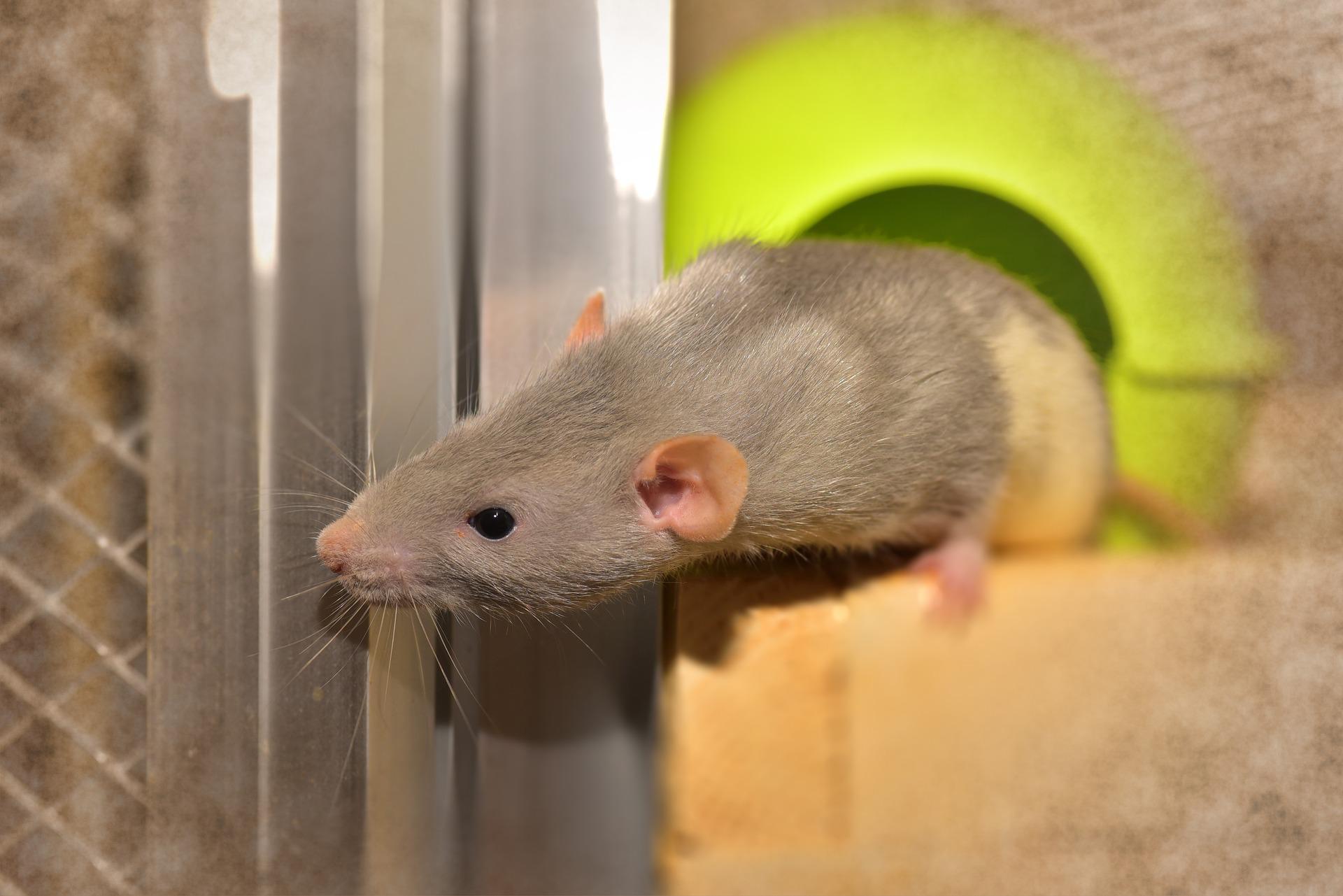
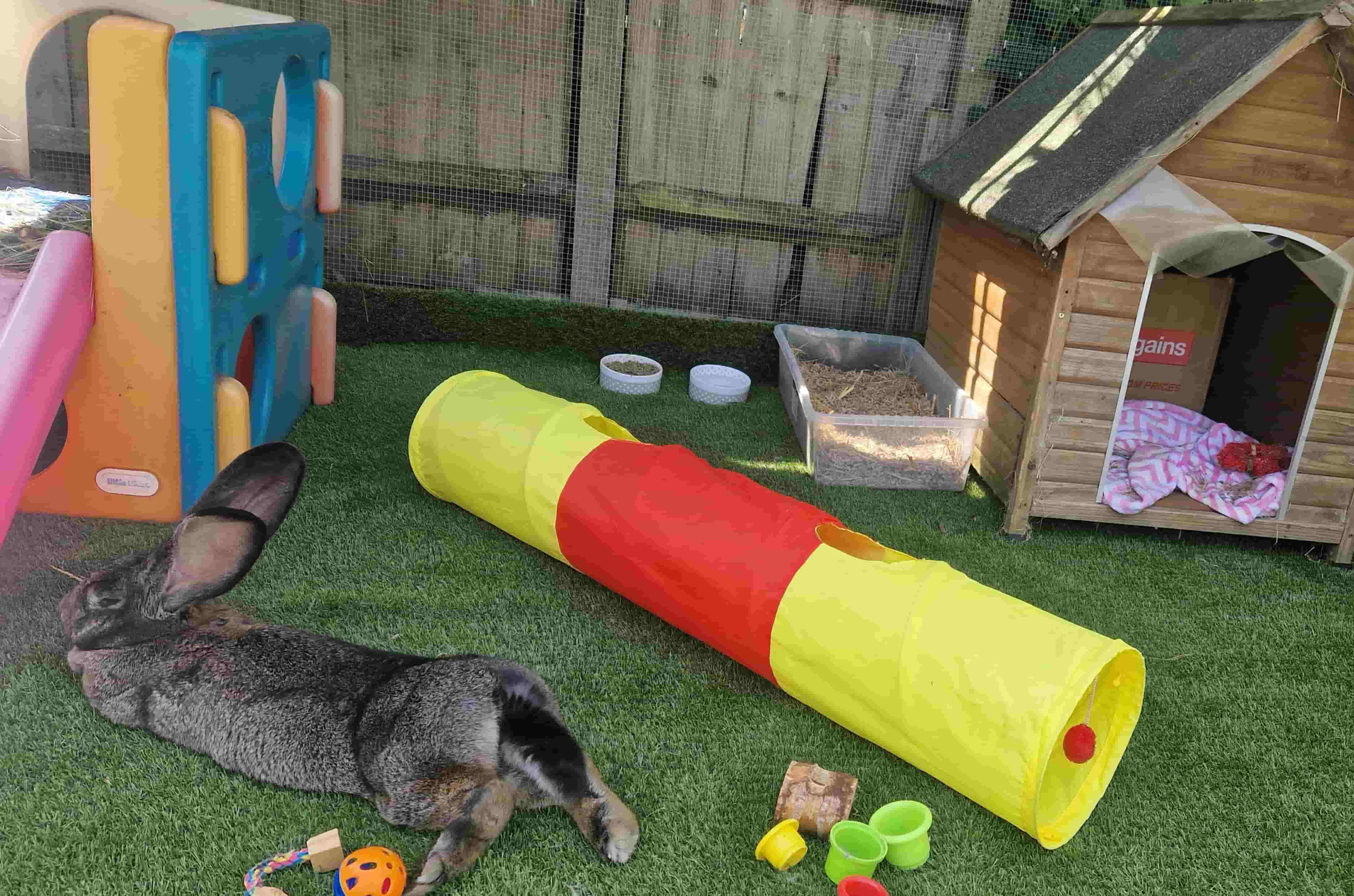
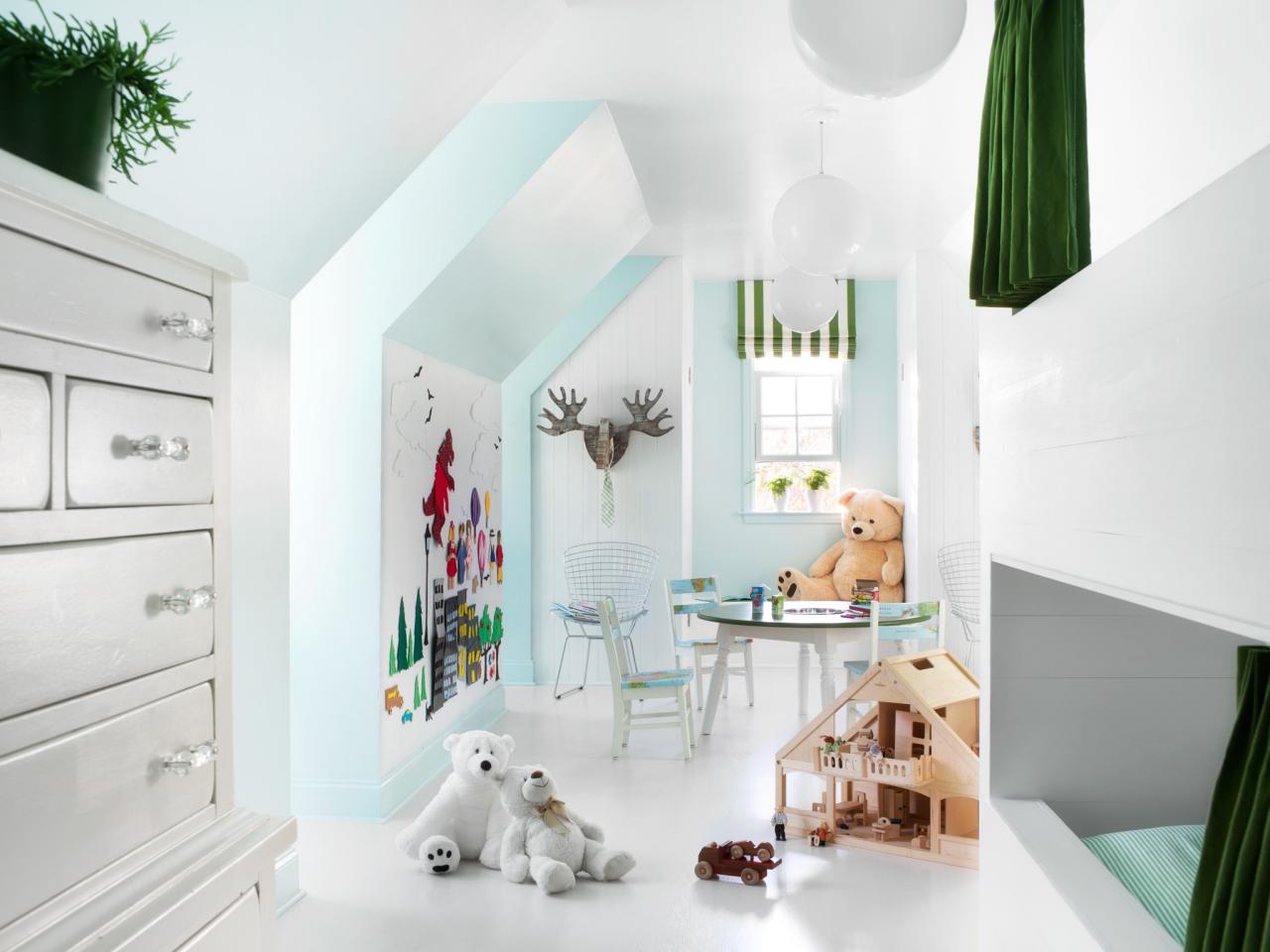
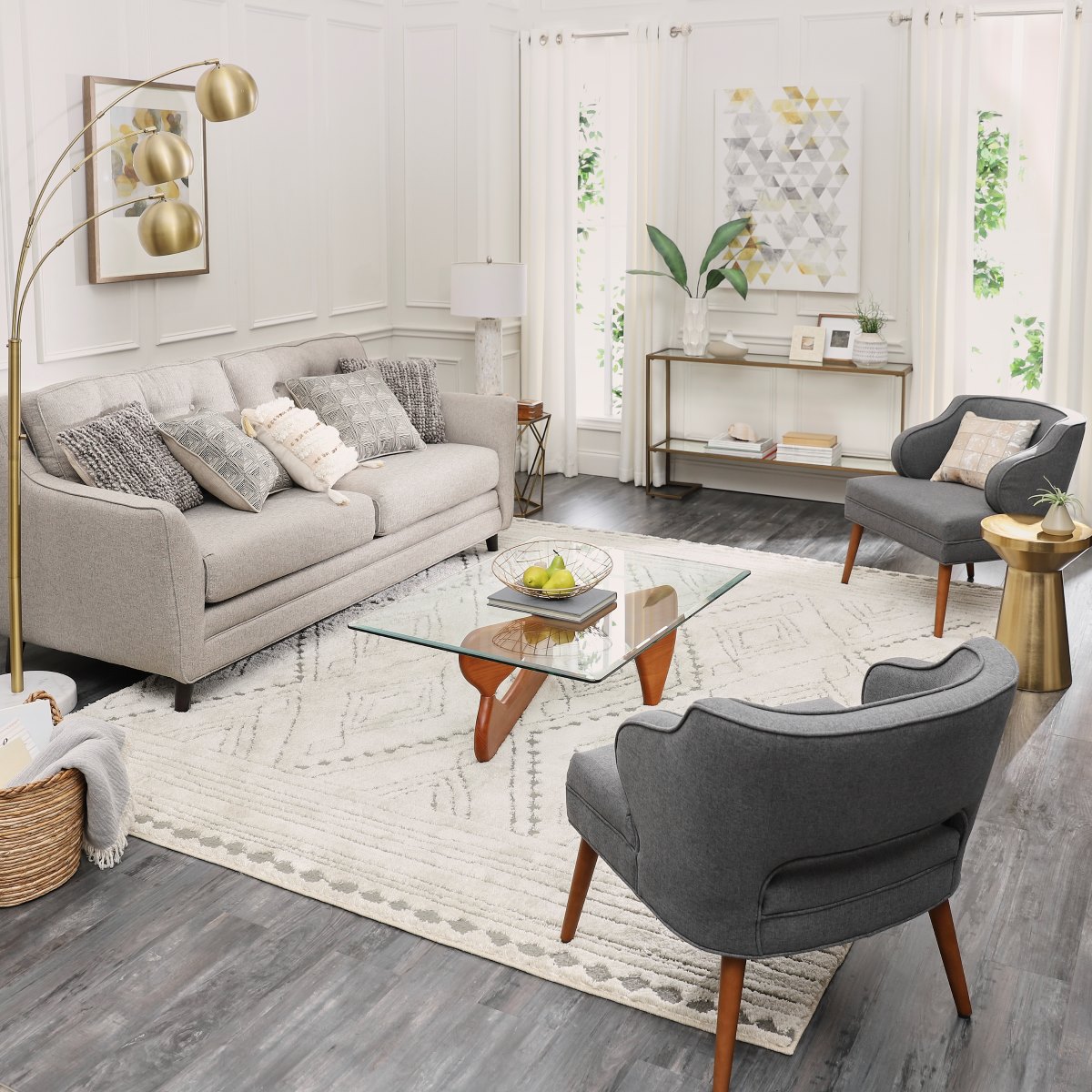
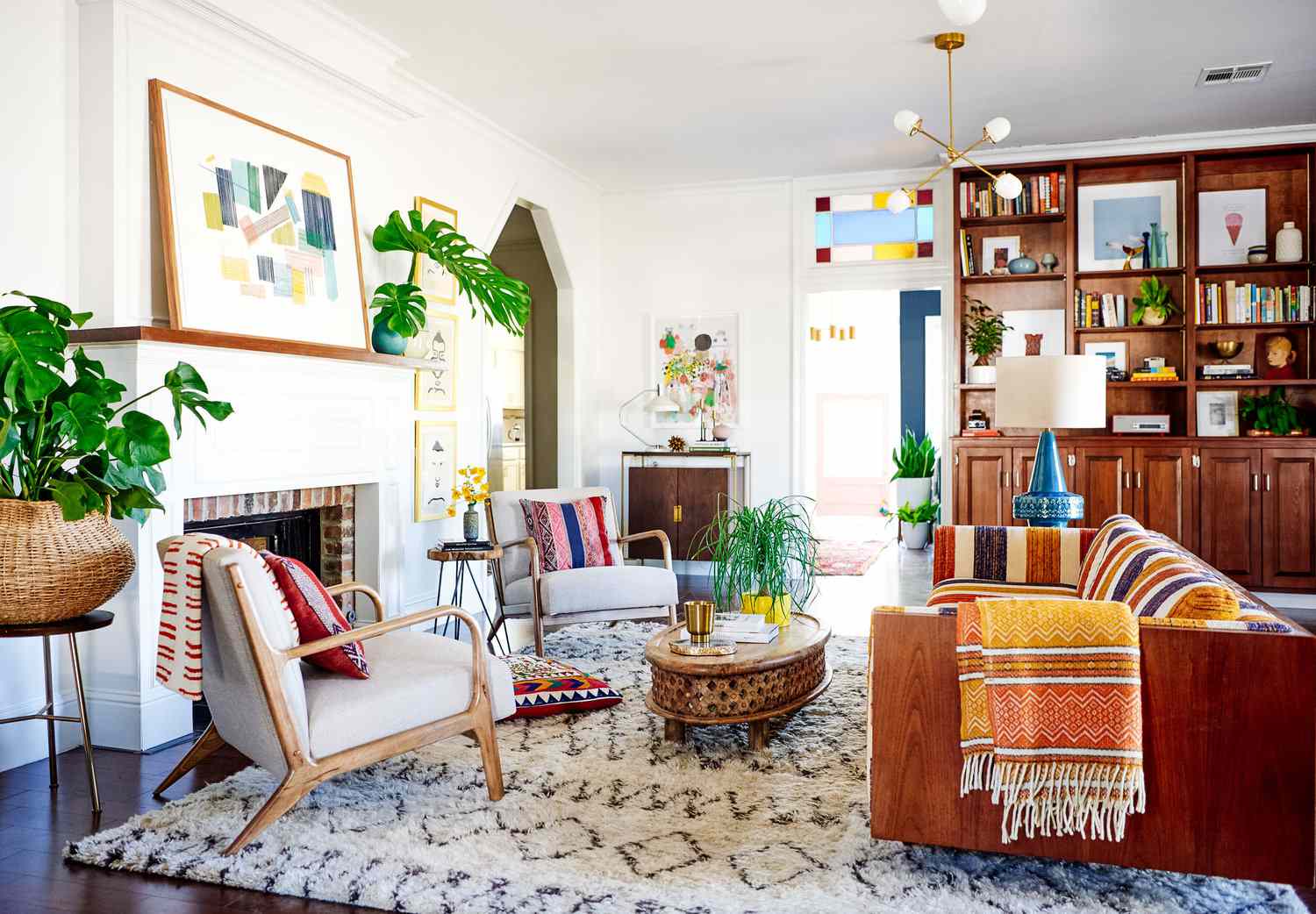
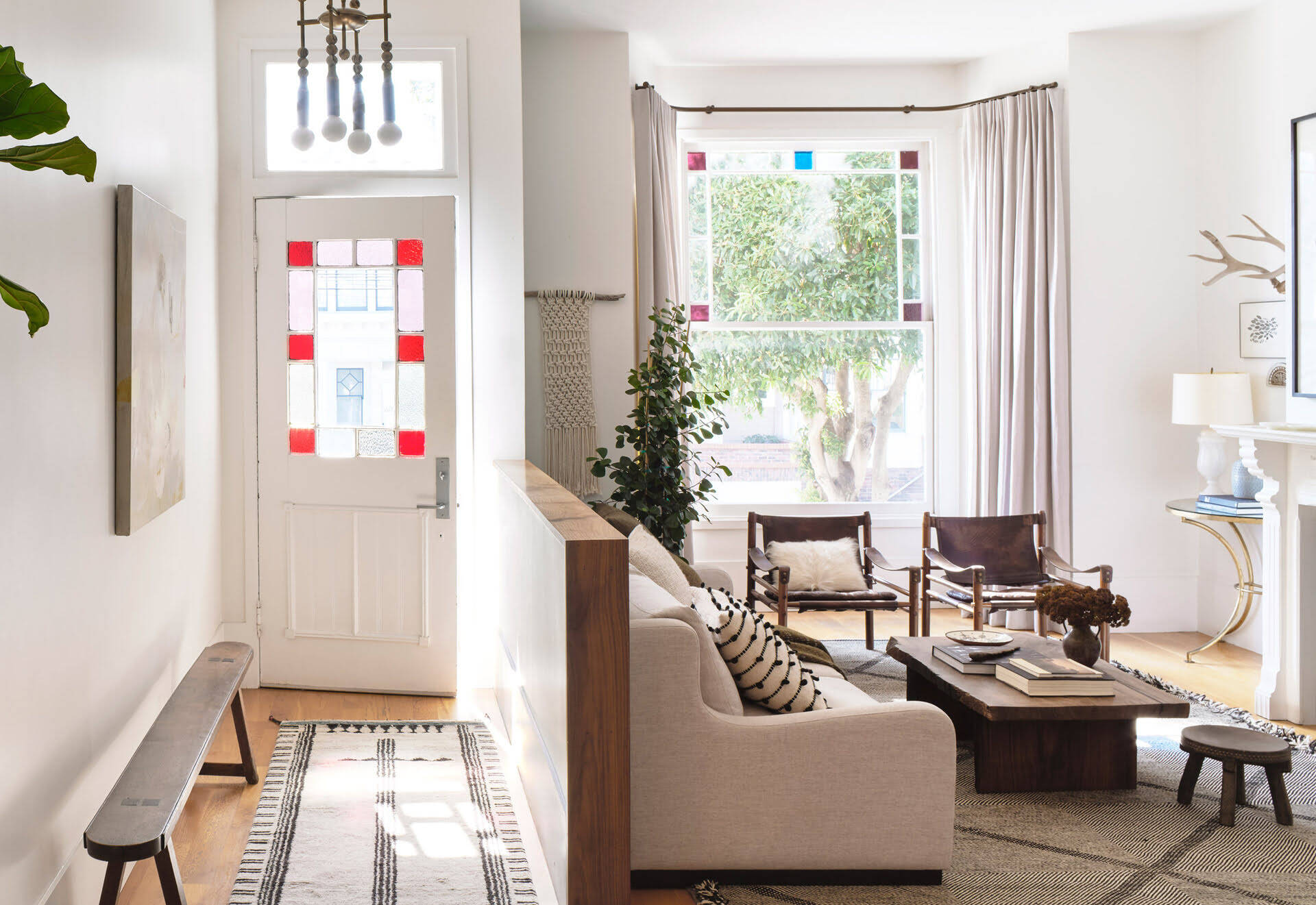
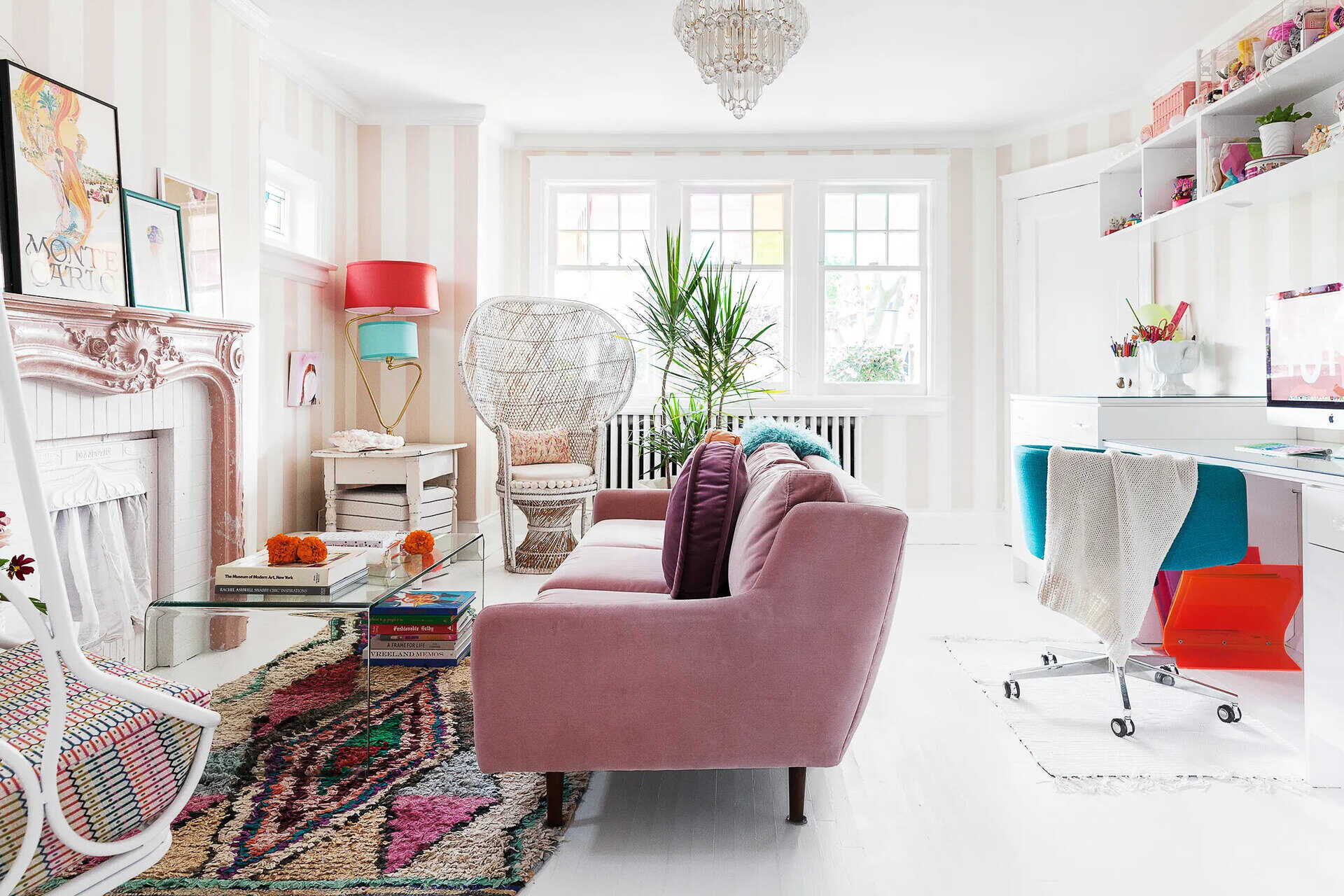
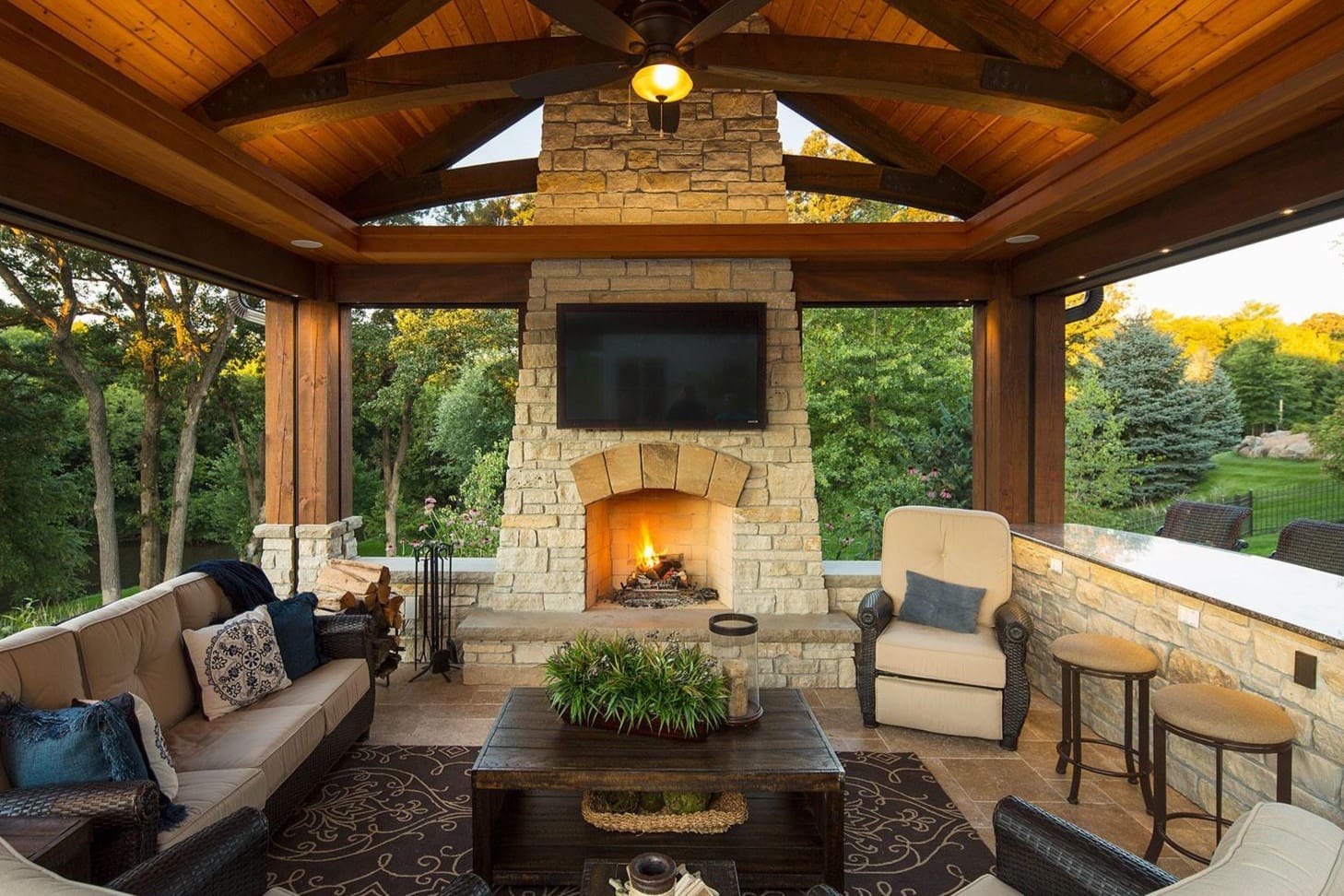
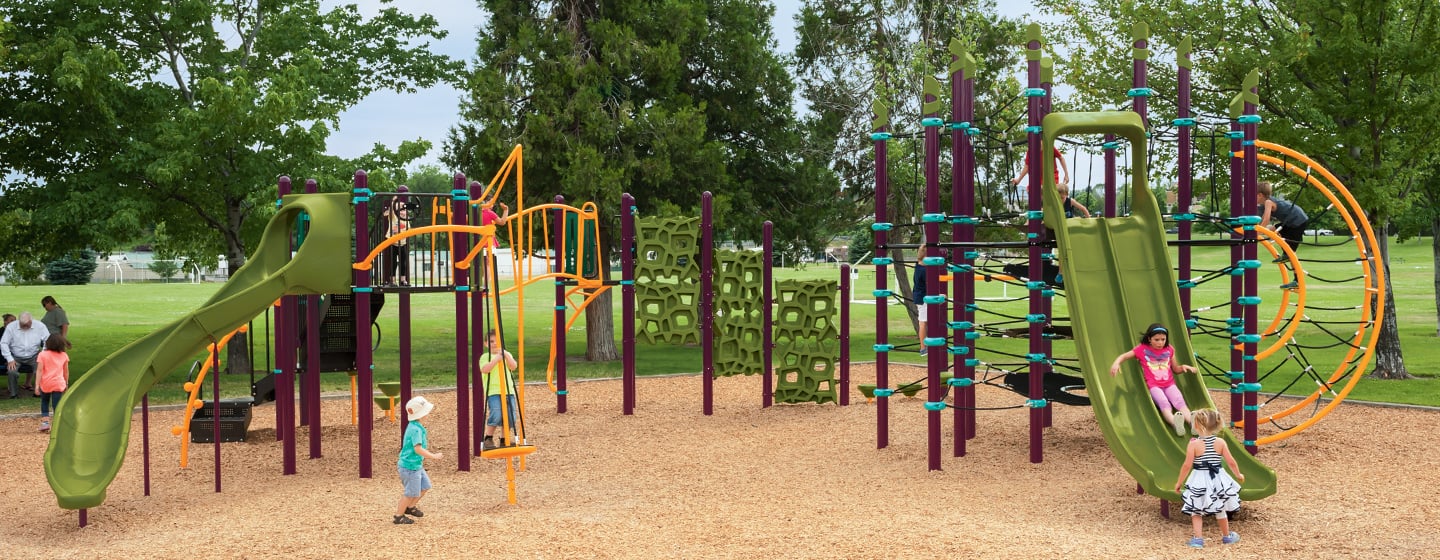
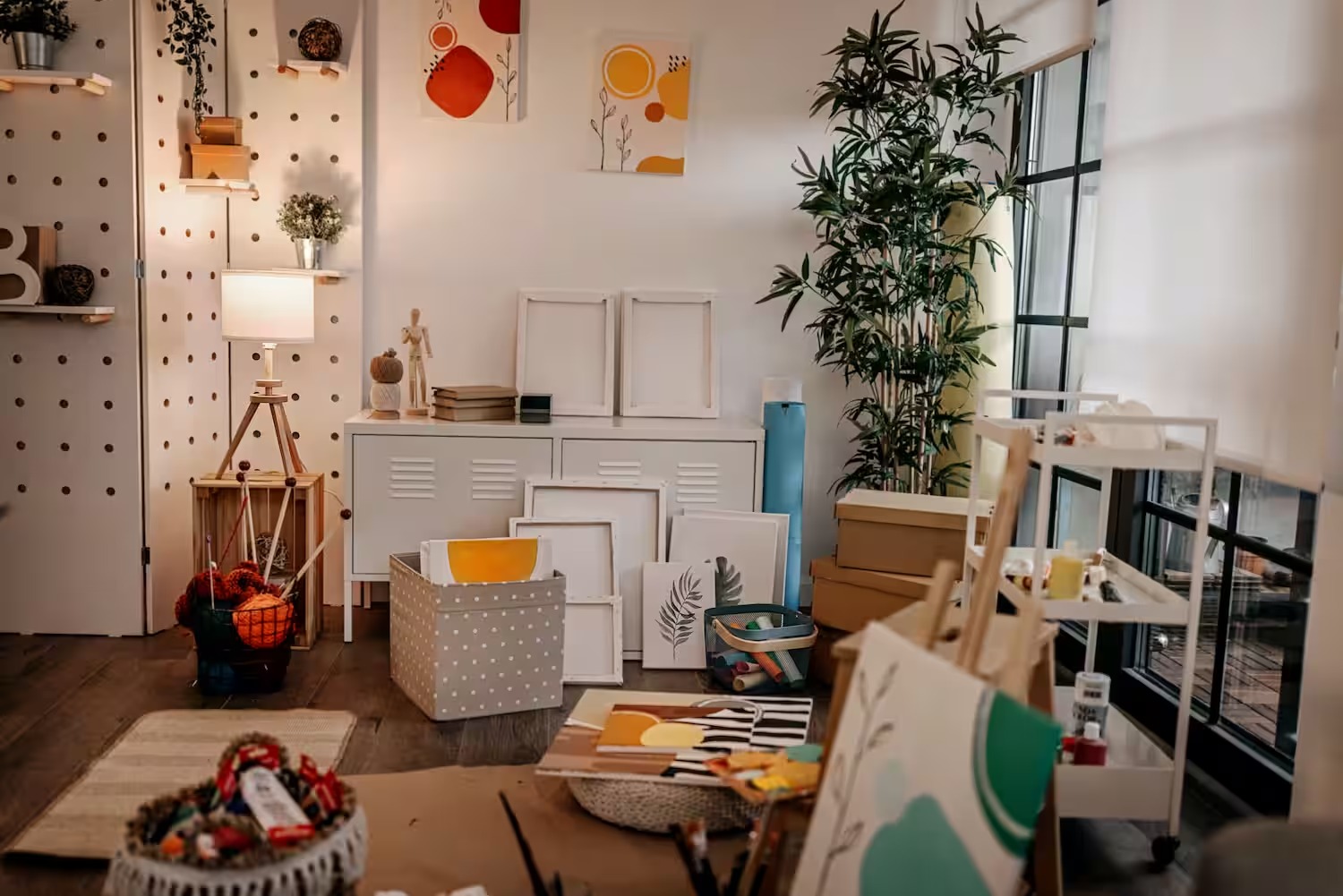
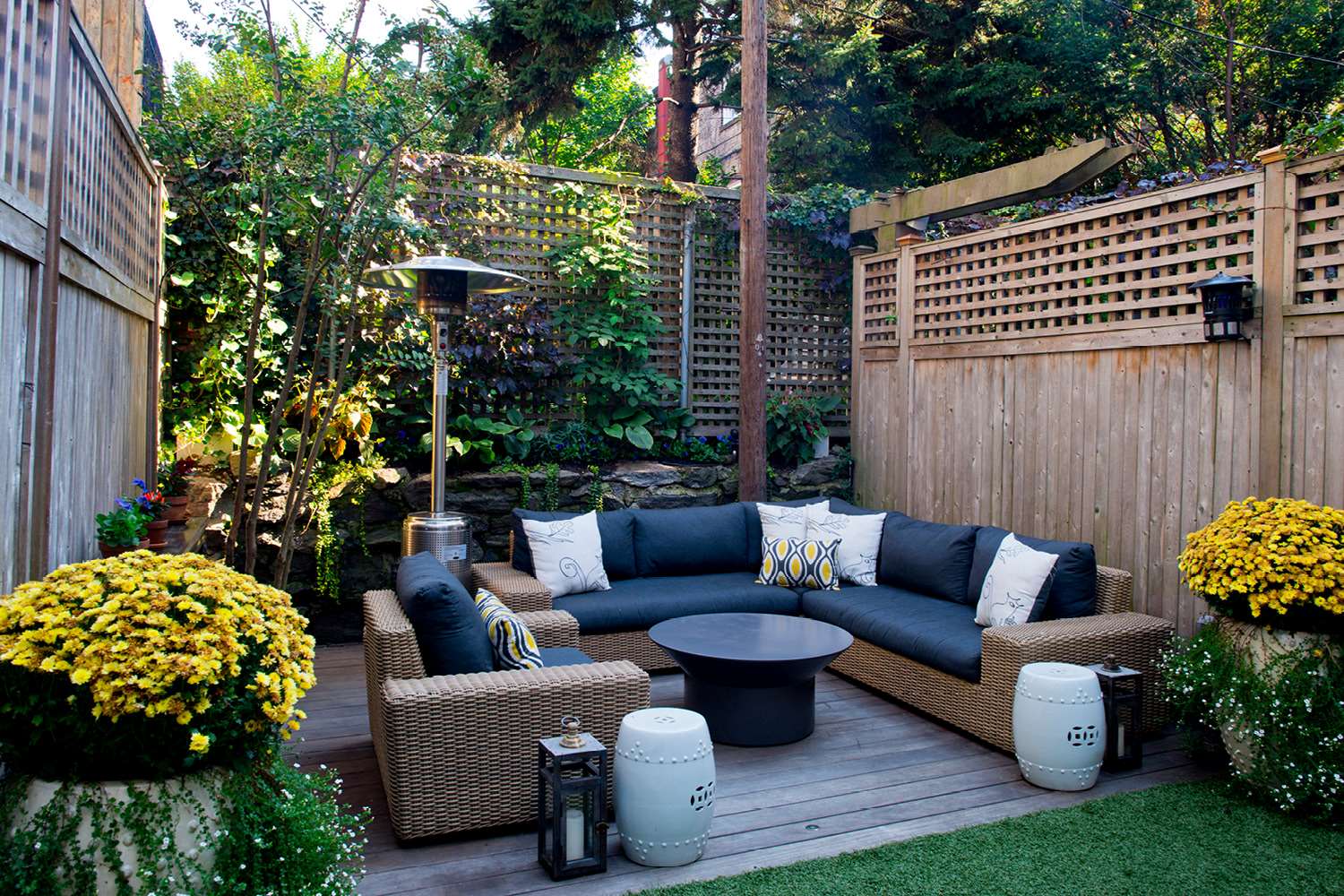
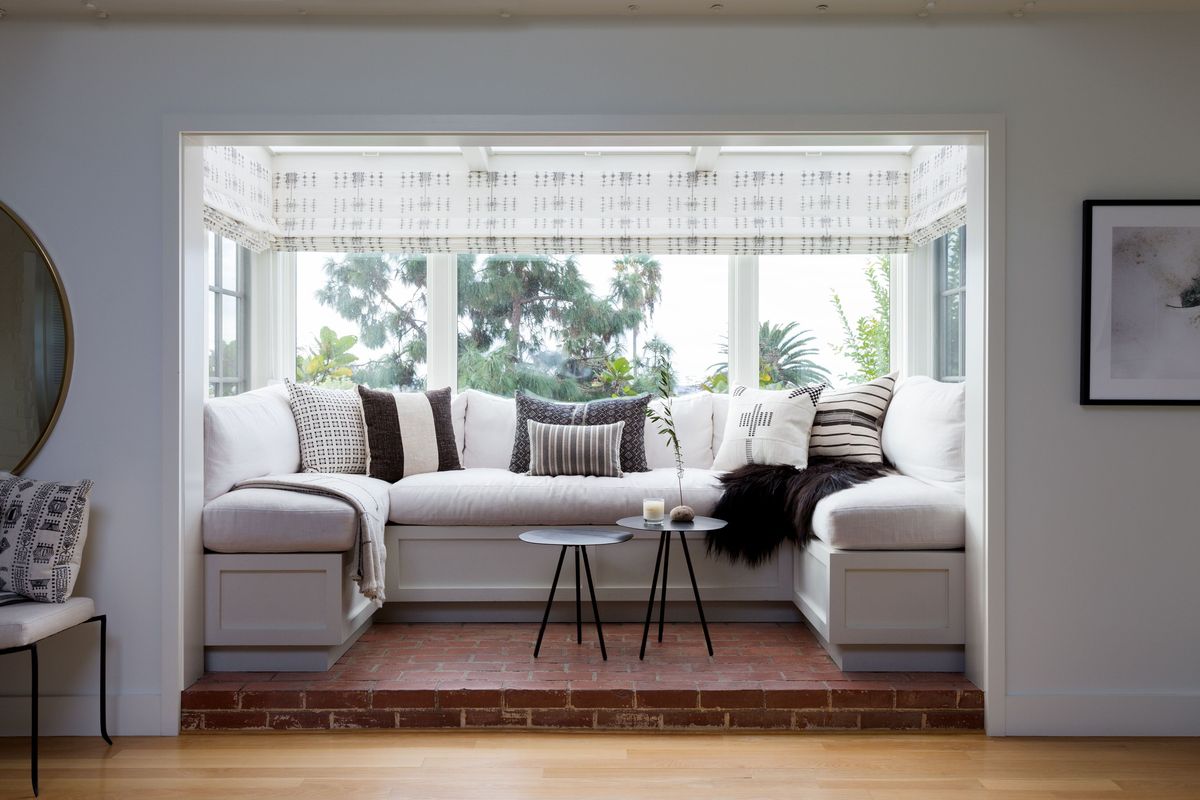
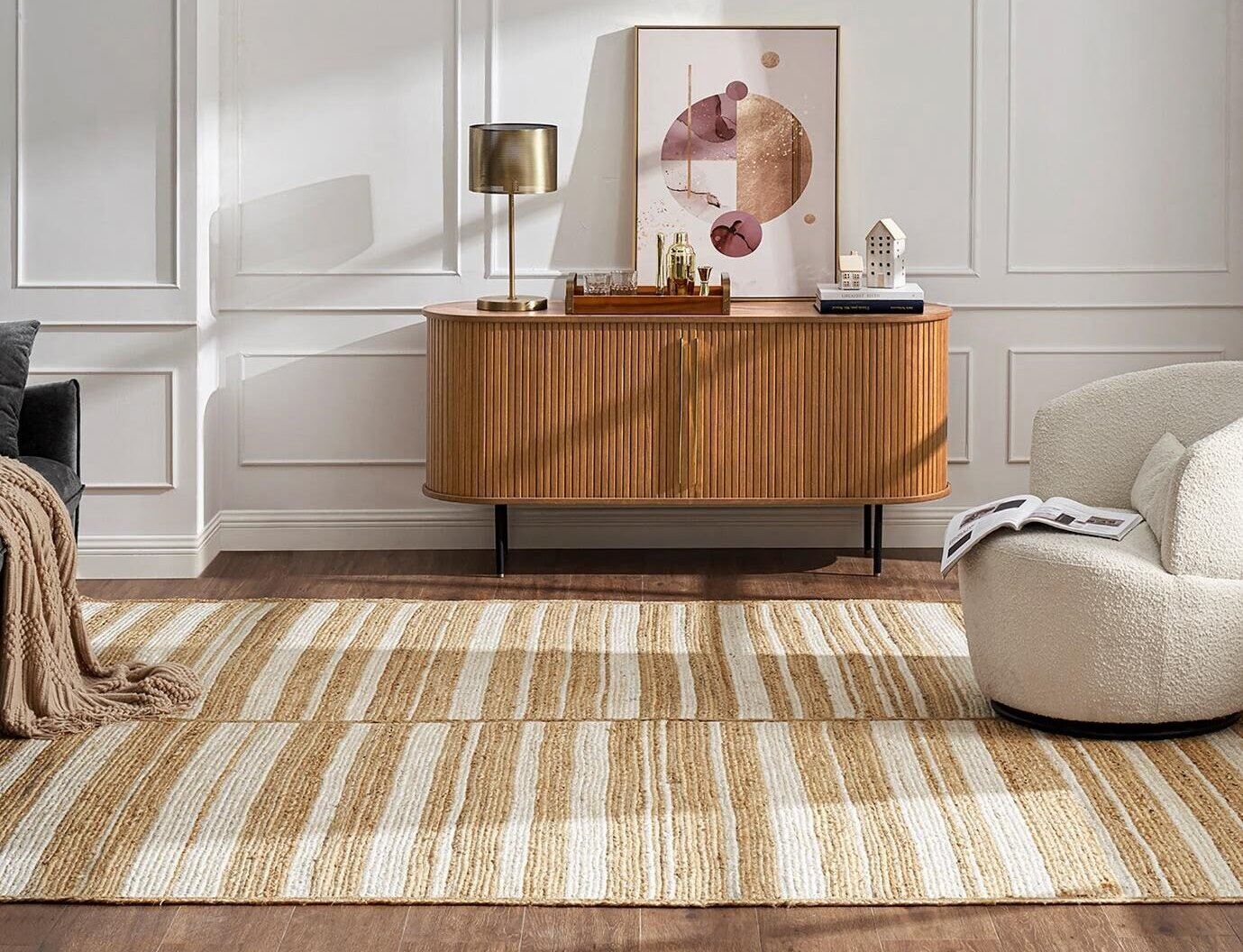

0 thoughts on “How To Create A Play Area In Living Room”